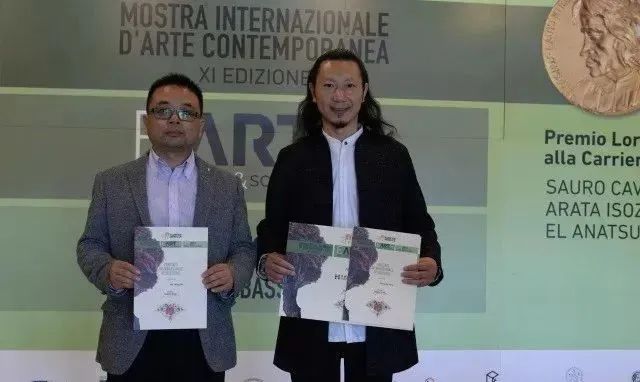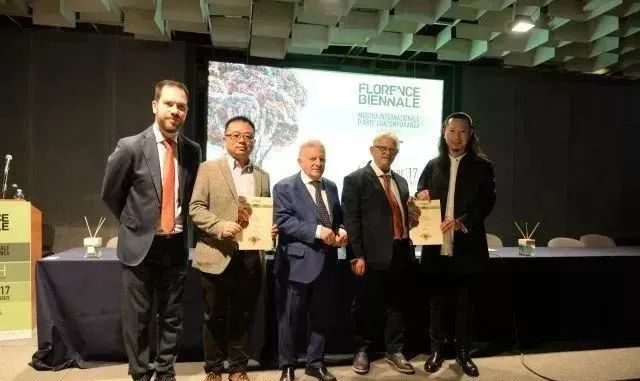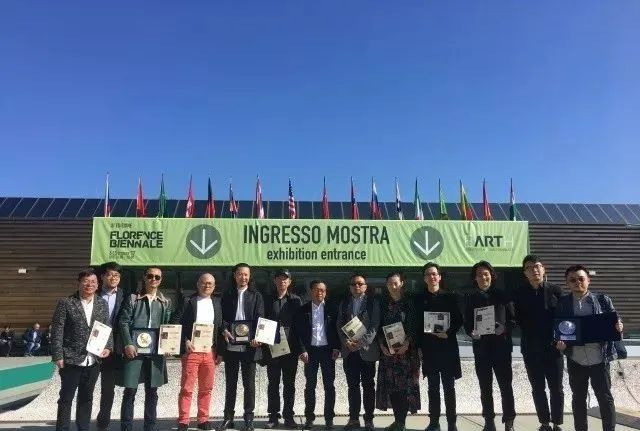
Exhibition information
2023’14th Florence International Biennale of Contemporary Art and Design
China unit
Main exhibition hall: Castello da Basso, Florence
Exhibition time: 2023.10.14 — 10.22
Participating artists:
Shen Jingdong Chen Wenling Yishan Cai Xiaosong Yuan Wenbin
Ma Zhiming Luo Qing Lei Hong Qing Taimao Yuan Li
Nie Jingzhu Li Hua Liu Wen Hu Chao
Curator: Zhang Siyong
Academic Director: Wu Hongbin
Exhibition Director: Zhang Chengsen
Exhibition coordinator: Tao Tao
[China Unit]
Artists
Shen Jingdong, Chen Wenling ,Yi shan, Cai Xiaosong,
Yuan Wenbin, Ma Zhiming Luo Qing
Lei Hong, Qing Tai Mao, Yuan Li,
Nie JingZhu, Li Hua, Liu Wen, Hu Zichao
Curator: Zhang Siyong
Academic Director: Wu Hongbin
Exhibition Director: Zhang Chengsen
Exhibition coordinator: Tao Tao
Opening time:
2023.10/14-10/22
Address:
FORTEZZA DA BASSO
FIRENZE, ITALY
“I am you” and “me and you”
——The Chinese section of the 14th Florence Biennale and the ten-year “Buddhist-Buddhist” Chinese theme cooperation road
The 14th Florence Biennale in 2023 takes “I Am You” as its theme, presenting multiple cultural significances in philosophy, psychology, and sociology. It goes without saying that this Biennale takes the relationship between “subject” and “other” and “individual” and “collective” as its current object of discussion. The focus on “art” and “ecology” in previous sessions has shifted to “people themselves”. This not only reminds me of the recently announced theme of the 2024 Venice Biennale “Foreigners Everywhere”, but the two art capitals on the Apennine Peninsula also invariably adopted “the concept of identity” as the theme of their respective biennales. The core proposition may indicate that the problem we are facing in this era is a relationship problem involving “you”, “me” and “him”.
Philosophically speaking, the contrast between “other” and “self” is an important issue in Western philosophy. The problem of the other essentially embodies the Western philosophical community’s reflection on the mainstream philosophy that has always been “self”-centered, and also embodies the thinking about the relationship between people. Othering means that individuals experience their own existence under the gaze of others and confirm their own meaning through the affirmation of others. It is especially widely used in the rising post-colonialism, feminism and ecologicalism in the 20th century. In the process of constant reinterpretation of the concept of “other” by many thinkers and critics, the dualistic idea of ”other” itself as a keyword in Western philosophy has been gradually dispelled and reconstructed. For example, Husserl, a representative figure of phenomenology in the early 20th century, believed that the other is another self “reflected” by the self. The self and the other can be converted at will, but this “intersubjectivity” is still just a deformation of the same self. That’s all. Heidegger further expanded on this basis and pointed out that “the other” is a way of existence of the self, that is, the subject is also the “other”; postcolonialism theory attempts to reshape the colonized “other” from the perspective of the group. “Other” image, in order to construct a new space where “self” and “other” can have a friendly dialogue. Entering the 21st century, the overall global political context has become more subtle, and geopolitics has become more complex, diverse and even crisis-ridden. The convergence of “identity politics” and multiculturalism has exerted a wide-ranging and powerful influence on contemporary public opinion and daily life, creating a powerful impact on the liberal democratic system and social and political order of Western countries. Under this situation, the International Biennale and its curators have also intervened in the co-construction of this era’s topics through artistic means.
The name of this Florence Biennale “I Am You” is intended to arouse full attention to the differential identities that exist among human beings – gender identity, cultural identity, faith identity, social identity, and multiple fluid identities. Advocate a method of “identity exchange consciousness” to construct a behavioral logic of “self’s other – other’s other – other’s self” to bridge the gaps in contemporary interpersonal relationships. Objectively speaking, identity differentiation is a ubiquitous phenomenon that involves many aspects such as culture, society, and psychology. In modern society, how to avoid the emergence of “othering” tendencies, promote exchanges and integration between different cultural groups and ethnic groups, and build a more inclusive and open society has increasingly become a consensus among Eastern and Western civilizations. Based on this, the Chinese unit invited to participate in the exhibition started from the theme and presented a judgment on the issue of “self and others” that is different from that in the Western context. The 14 Chinese artists participating in this exhibition have responded to the theme of this biennale with their own creations and from different perspectives.
From the perspective of cultural identity, “self and others” are a manifestation of cultural differences. Different cultural traditions and values lead to people’s incomprehension and rejection of other cultures. This cultural difference not only leads to the emergence of “othering”, but also prompts people to reflect on this phenomenon. Based on this perspective, Yishan, Cai Xiaosong, Qing Taimao, Ma Zhiming, Li Hua, and Liu Wen explored the issue of how the “mother tongue” embraces the other from the mother culture: Cai Xiaosong and Qing Taimao used the discourse of oriental ink to connect Western language system; Cai Xiaosong uses the signifiers of Eastern writing from a linguistic perspective to reproduce the Western language referent of “I Am You”; Qing Taimao uses expressions across art categories and languages to transform the visual symbols of Eastern culture Connect with Western drama discourse; Li Hua and Liu Wen both adopted ceramics as their medium of expression. Li Hua extracted Taoist water-based philosophy from ceramics to convey the folds of Eastern cultural memory in a stacked manner, while Liu Wen adopted a typical traditional Oriental cultural symbols conduct symbolic topology experiments; Yishan and Ma Zhiming go in the opposite direction, using Western art media to present Eastern art and artistic thinking. Yishan adopts a future-oriented attitude and uses digital imaging to conduct computational art and the metaverse. During the dialogue, Ma Zhiming used the perspective of looking around and used oil painting to continuously explore the possibility of the integration of two discourses using “oil” and “ink” as carriers.
一山

video images
2022
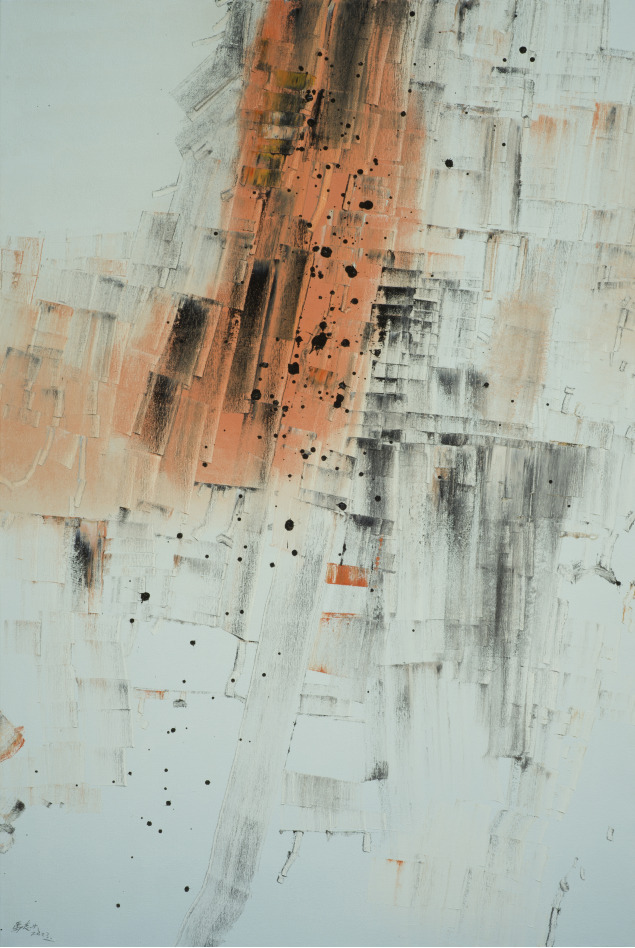
“Paint and Ink 01”
oil painting on canvas
180cm×120cm
2022
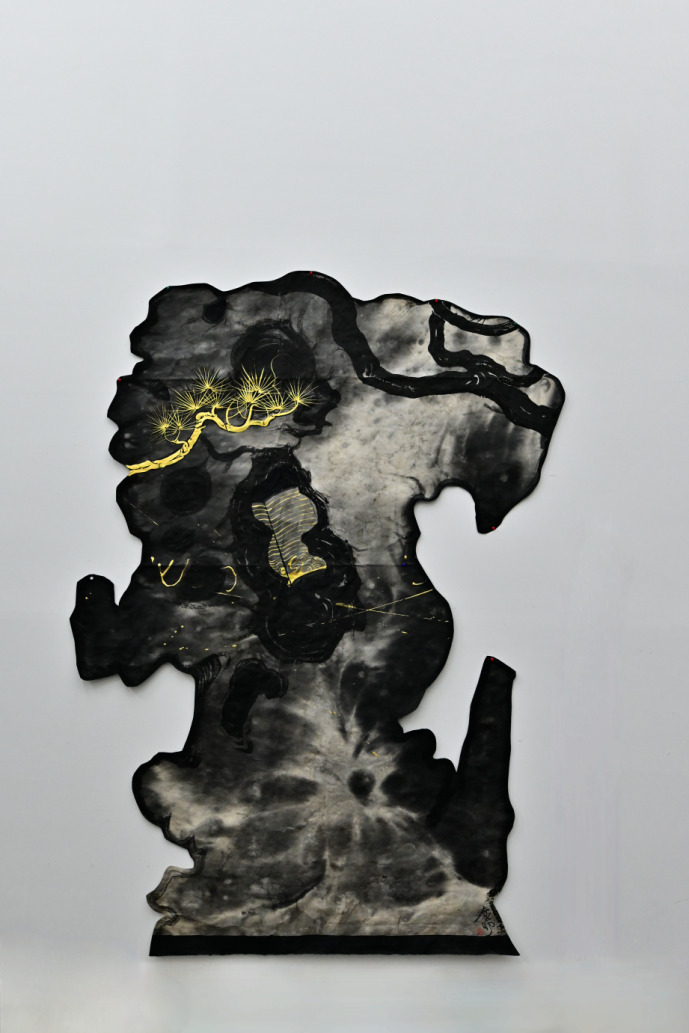
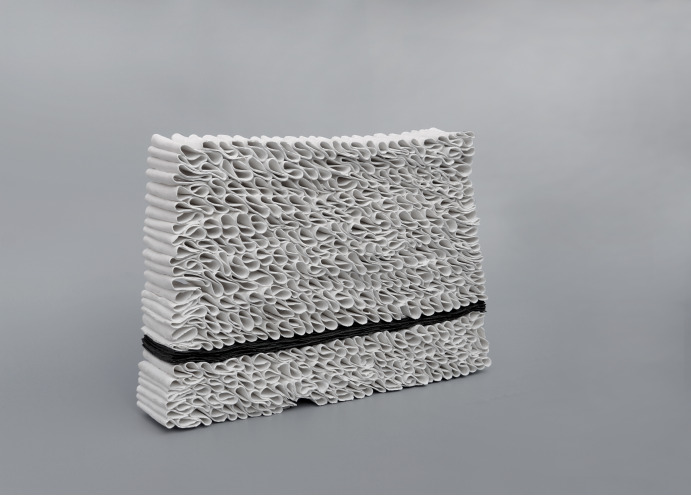
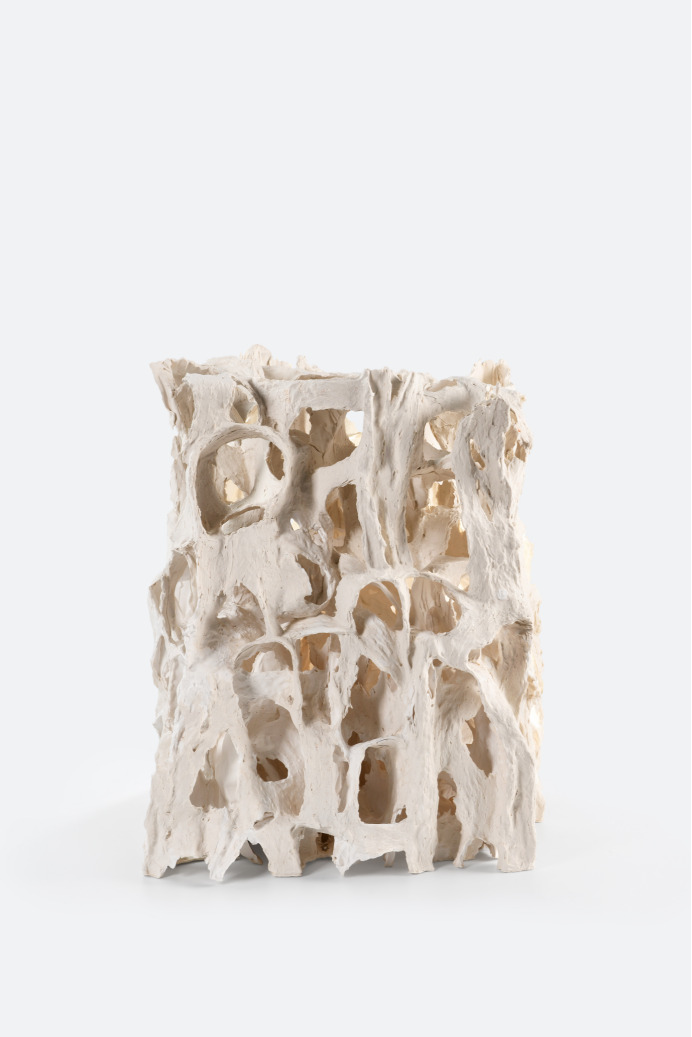
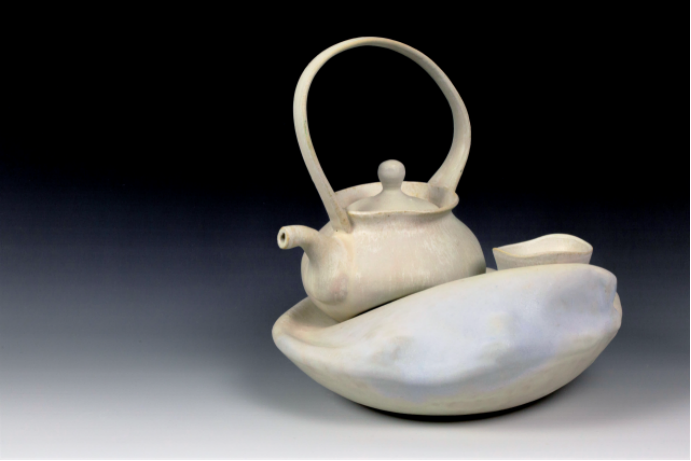
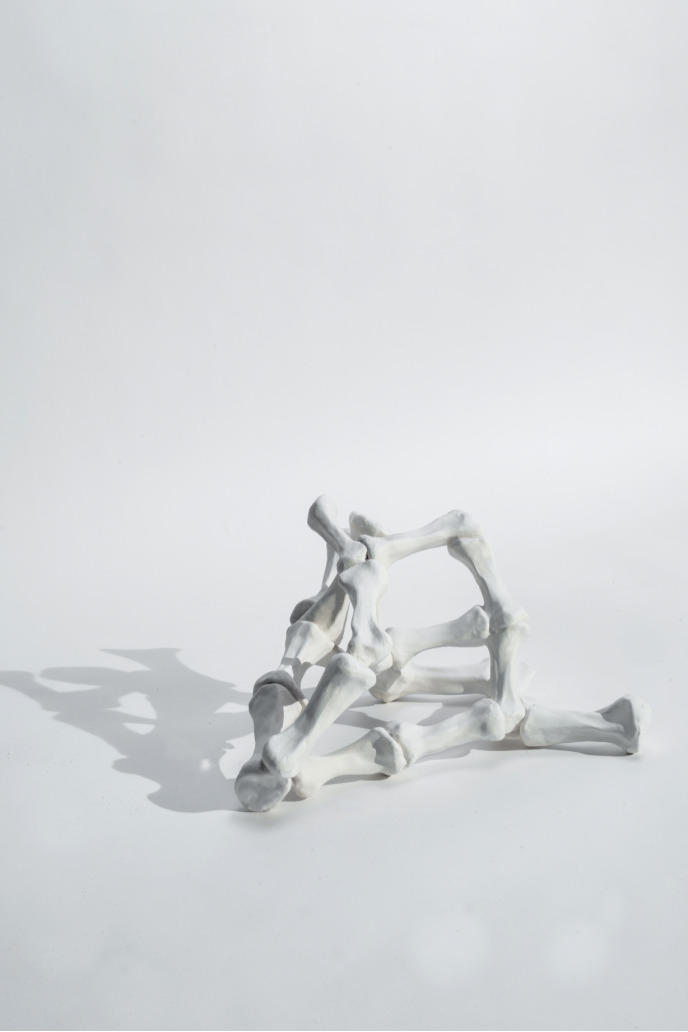
From the perspective of social identity, “self and others” is a social phenomenon. The personal and social realms are like two sides of the same coin, driving us to face ourselves and others in the process of finding “me” through interaction, communication, sharing and empathy. When one group is regarded as “other” by other groups, artists use the wisdom of art to metaphor and express this social problem. Shen Jingdong humorously combined the universality of pop art with the systematic nature of ethnic traditions, using “hundred family surnames” to correspond to the concept of a universal family in the context of globalization; Chen Wenling also used humorous metaphors to explore the subject. The problem of the subject-object integration between people and metaphorical objects; Yuan Wenbin uses “allegorical writing” to tell the contemporary situation and enlightenment of subjects with different identities from a narrative perspective; Luo Qing uses his good spiritual portrait skills to deeply depict an individual A living individual to respond to the judgment of “I am you”.
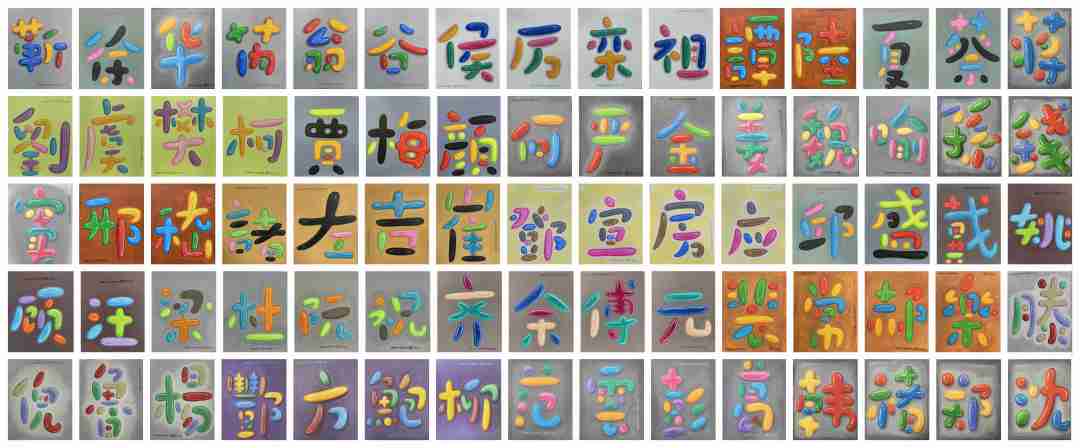
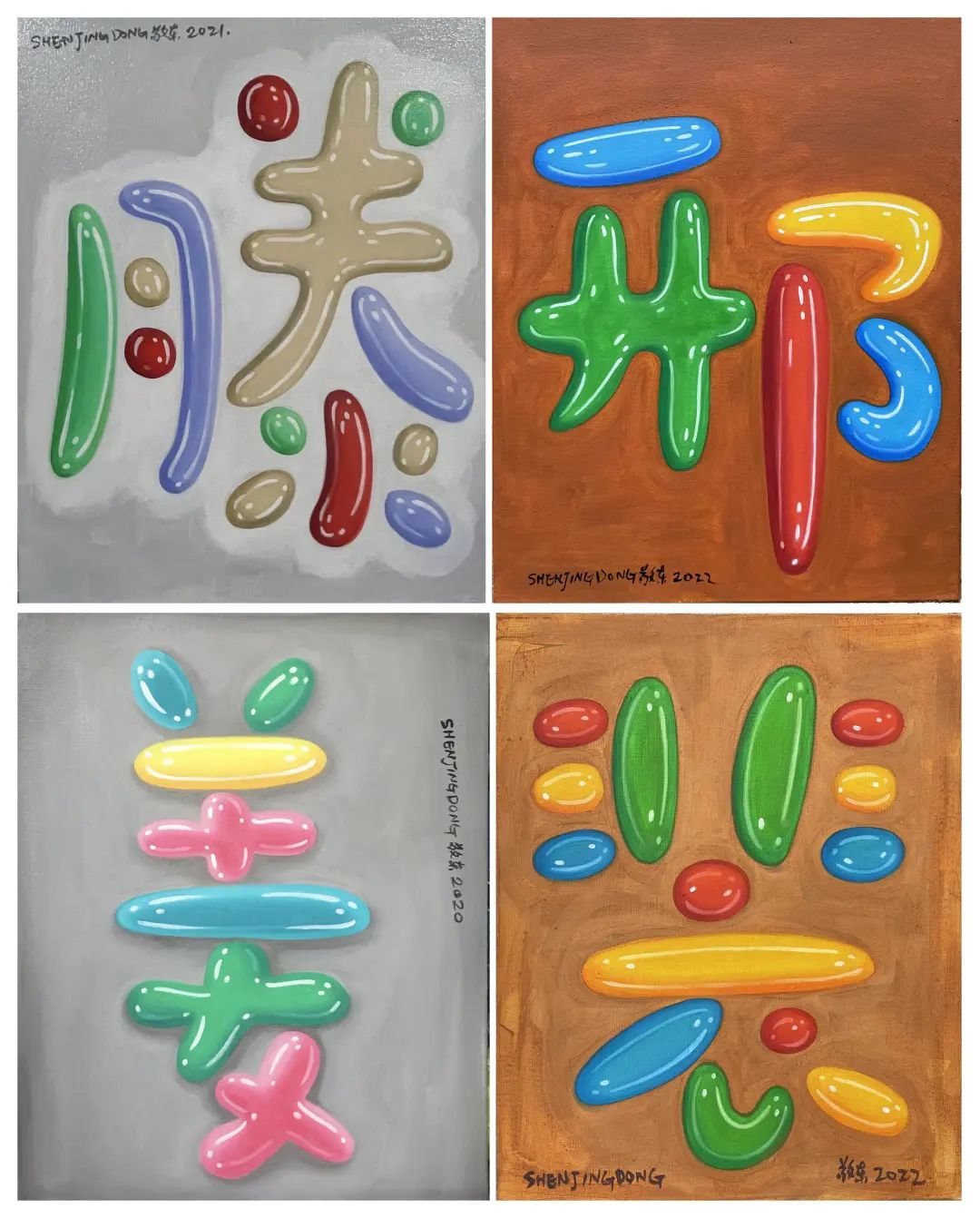
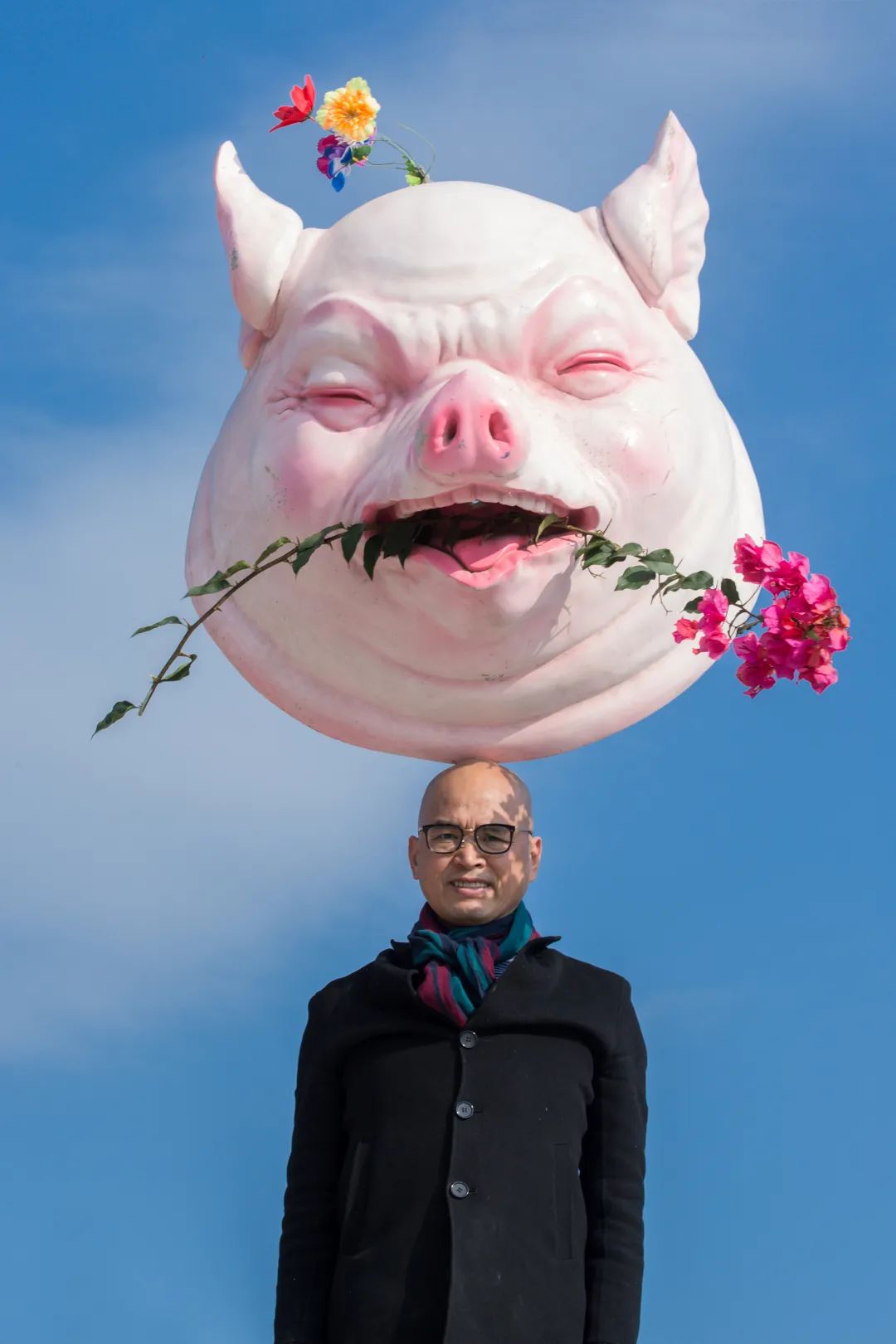
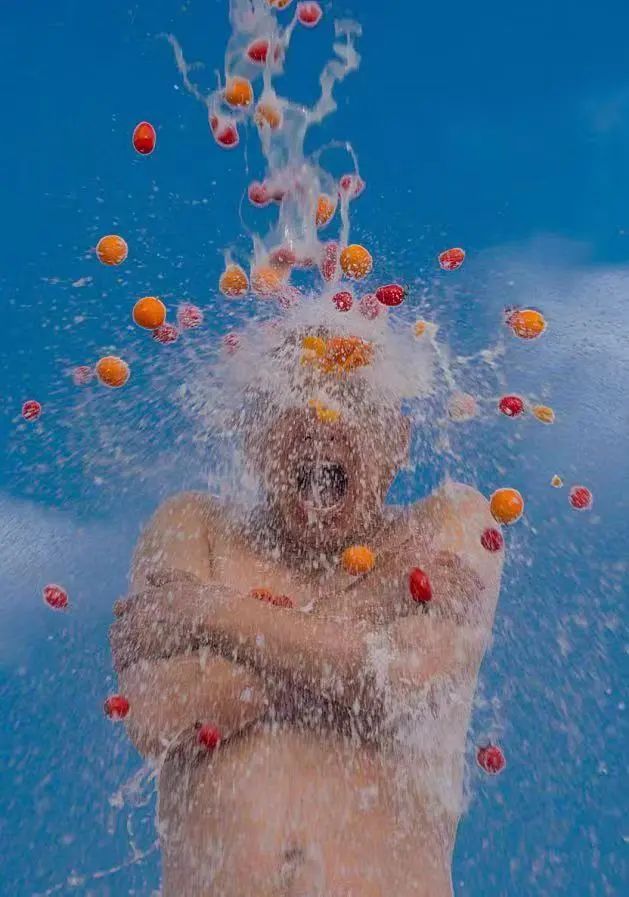
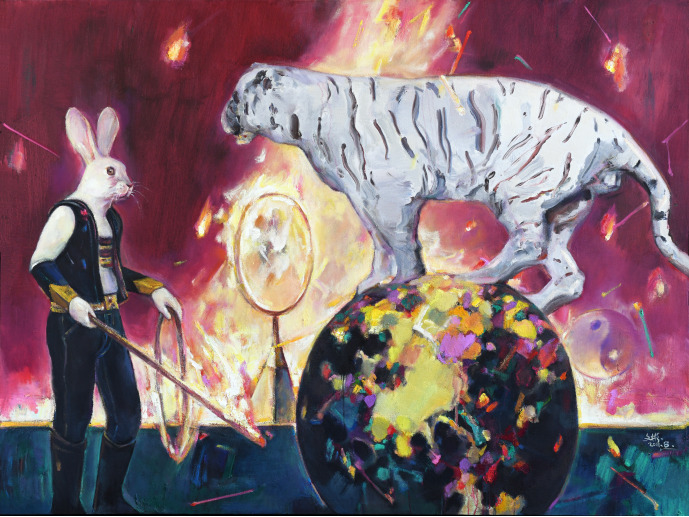
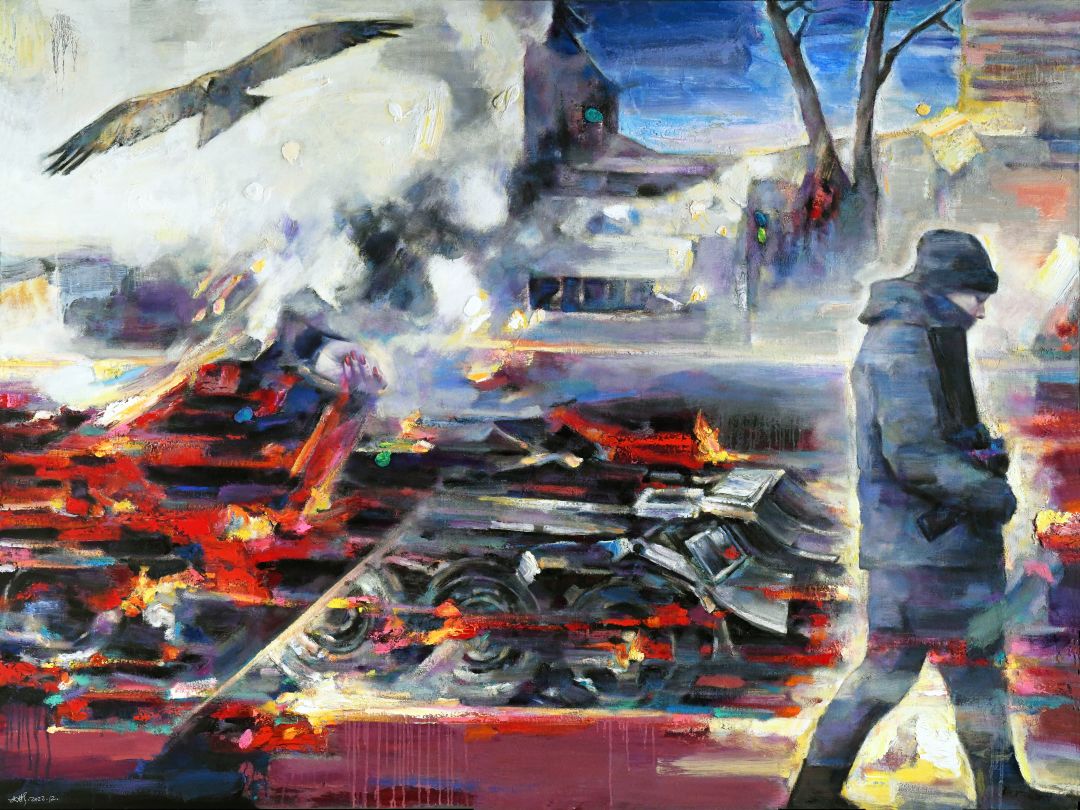
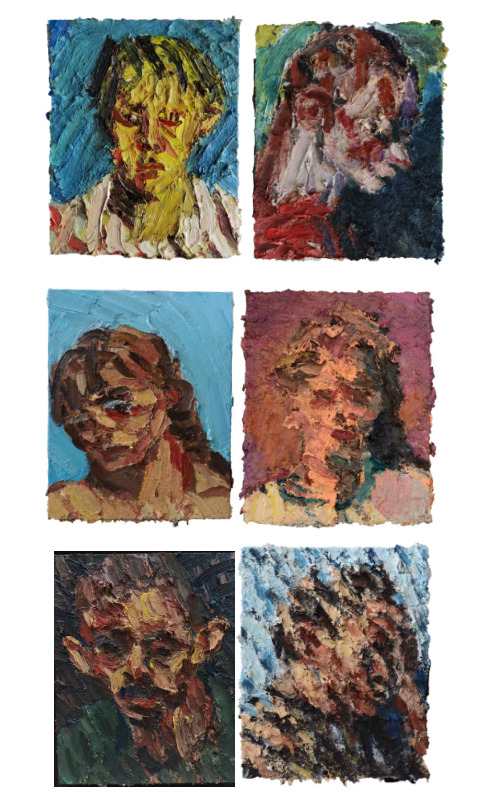
From the perspective of psychological identity, “self and other” is a psychological form. It accompanies people’s different experiences and inner psychological changes throughout our lives. Each individual faces an inner journey towards awareness, liberating themselves from the real world. Faced with masks imposed by society and illusions created by oneself, the recognition and expression of psychological identity has become an effective means for artists to face the world. Participating artist Nie Jingzhu embeds a relaxed, delicate and playful sense of design into his artistic creations, demonstrating the cutting-edge mentality of new humanity with fashionable and dramatic shapes; Yuan Li’s paintings use a sense of déjà vu and fragments The characteristics of modernization closely follow the rhythm of the times, and postmodern free will and expression have become her attitude towards observing existence and life; Hu Chao’s portraits create a complex combination of psychological spaces, which also provide the possibility for her to switch between different psychological identities at any time. Lei Hong’s artistic expression is more direct and straightforward, with contradictions and entanglements, repression and bondage readily apparent, and traces and evidence of physical and mental struggle evident.
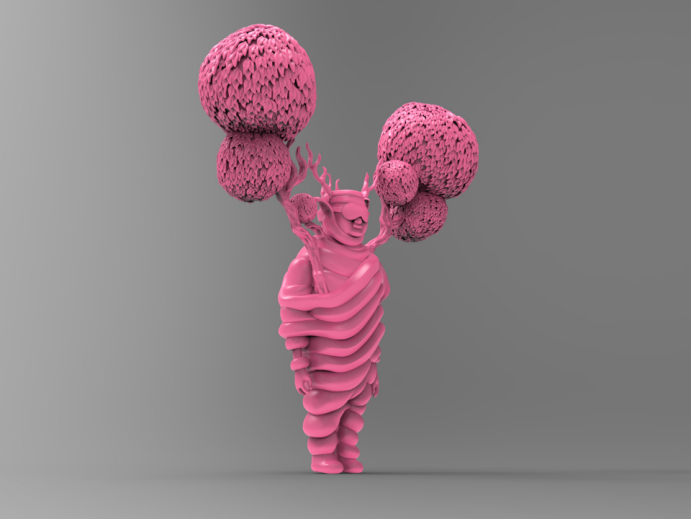
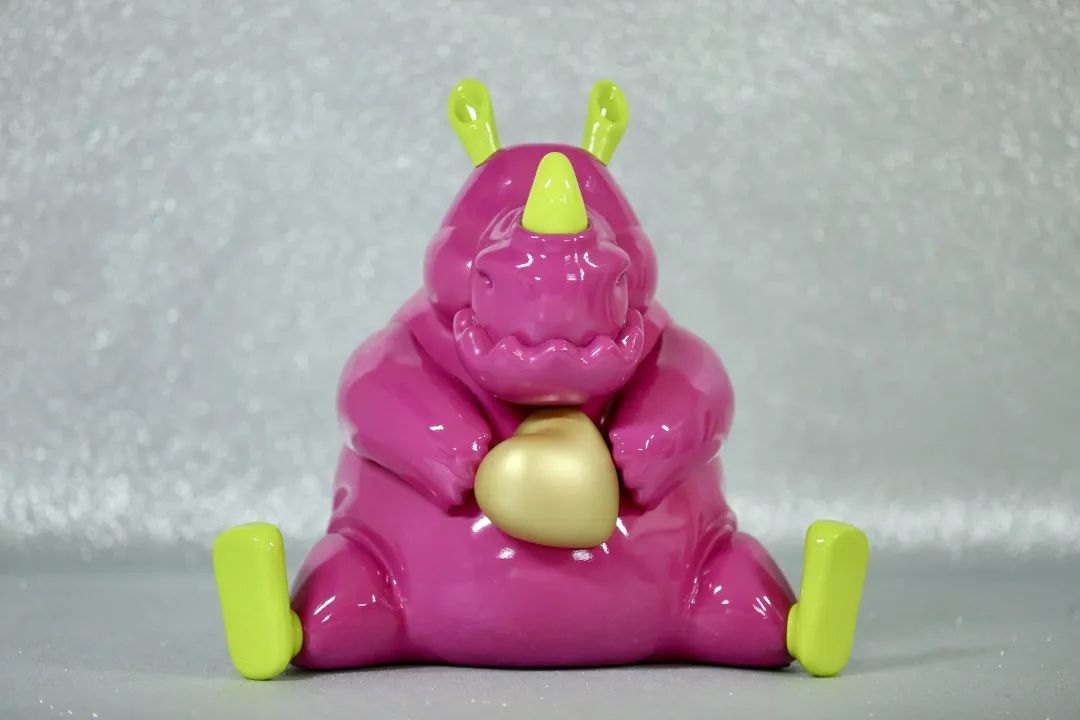
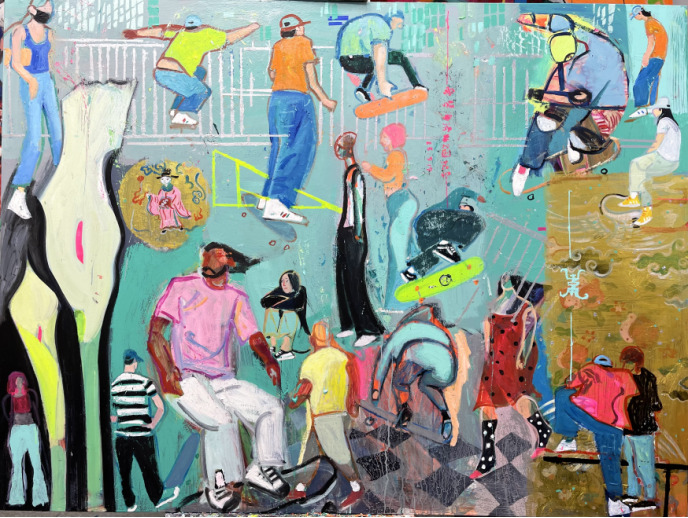
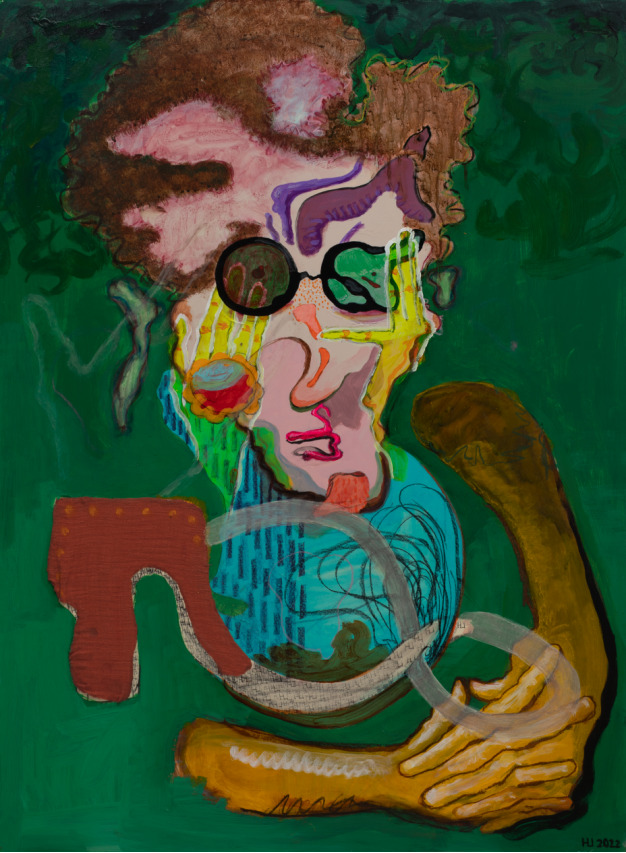
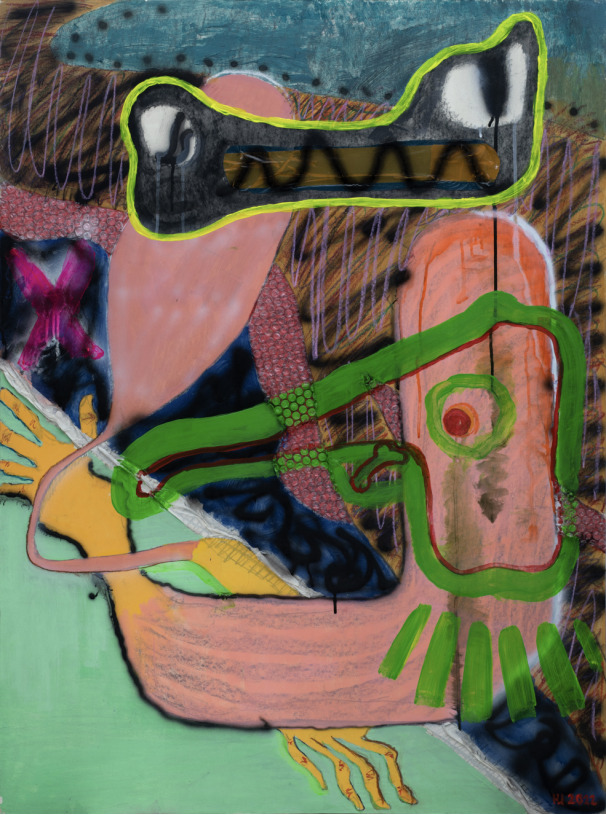
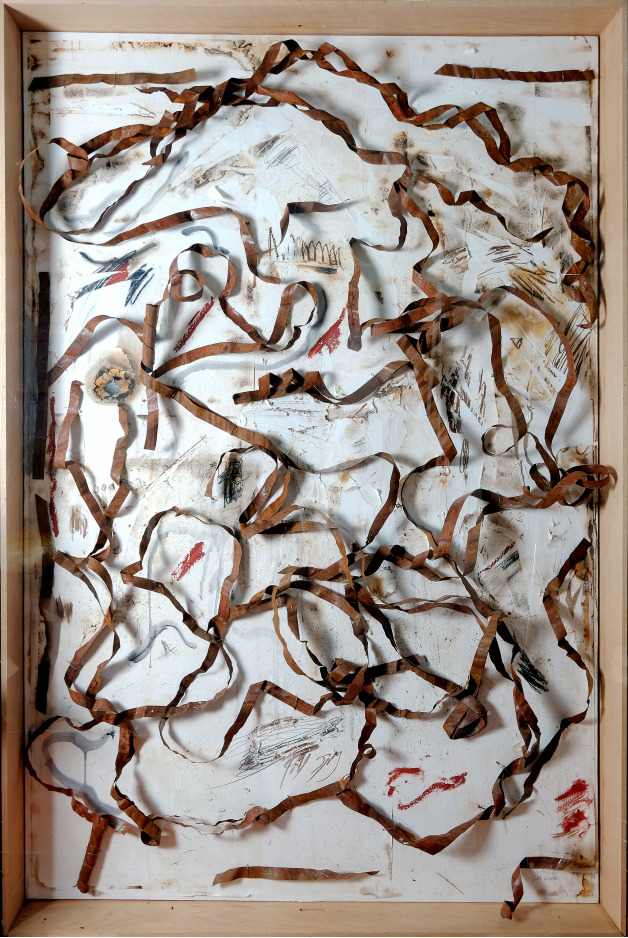
I believe that the Chinese section of this Florence Biennale will bring a unique art feast to the exhibition!
Looking back on the past ten years, our cooperation with the Florence Biennale has formed an unforgettable relationship. In 2013, I was invited to be the curator of the China-themed exhibition at the 9th Florence Biennale, marking the first time in the history of the Biennale that a Chinese curator was invited to curate a Chinese-themed exhibition; in 2017, the curator Mr. Zhang Siyong was accepted by Invited to serve as the curator of the China-themed exhibition at the Florence Biennale, and won many honors from the exhibition, including two gold medals for painting and video; in 2023, the two of us were once again invited by the Biennale to jointly create the Florence Biennale “China Unit” on. For the past ten years, we have worked hand in hand with the Florence Biennale. Our many high-level academic collaborations have not only created a deep friendship with the Florence Biennale, but also established mutual trust. In 2017, we were hired by the Florence Biennale as The international committee is responsible for the recommendation and selection of artists internationally. In the past ten years, more than 40 outstanding Chinese contemporary artists have shone brightly on the stage of the Chinese section of the Florence Biennale through strict selection, making Chinese contemporary art a highlight of the world’s attention at the important international biennale. From the 9th Florence Art Biennale to the 14th Florence Art and Design Biennale, from “Ethics as the DNA Art” (the theme of the 9th edition: Ethics as the DNA Art) to “Earth, Creativity and Sustainability” “Sex” (theme of the 11th edition: Earth Creativity & Sustainability) to “I am you” (theme of the 14th edition: I Am You), the theme of the Florence Biennale has always maintained the same frequency as human hot spots in the development of globalization. Resonance, our carefully planned Chinese themes (units) closely echo these propositions of the times, using the perspective of Eastern culture and the talented expressions of artists to present the cultural diversity and uniqueness in the trend of global integration, thus also receiving influences from Fully recognized by artists and audiences around the world. Standing at the end of ten years of “Buddha Double”, looking back at the artistic path we have walked together, it is full of emotion! Even more gratified!
Thank you “Buddha Shuang”! Unforgettable “Feileng Cui”!
Wu Hongbin (International Committee Member of the Florence Biennale)
September 2023 at Renmin University of China
About the Academic Director
Wu Hongbin
Associate professor and master’s tutor at Renmin University of China, PhD in art from the China Academy of Art, postdoctoral fellow in art from the Central Academy of Fine Arts, member of the Chinese Artists Association, visiting scholar at Cornell University, and international committee member of the Florence Biennale. Research fields: art history and criticism, modern and contemporary art theory.
Review of the 11th Florence Biennale
